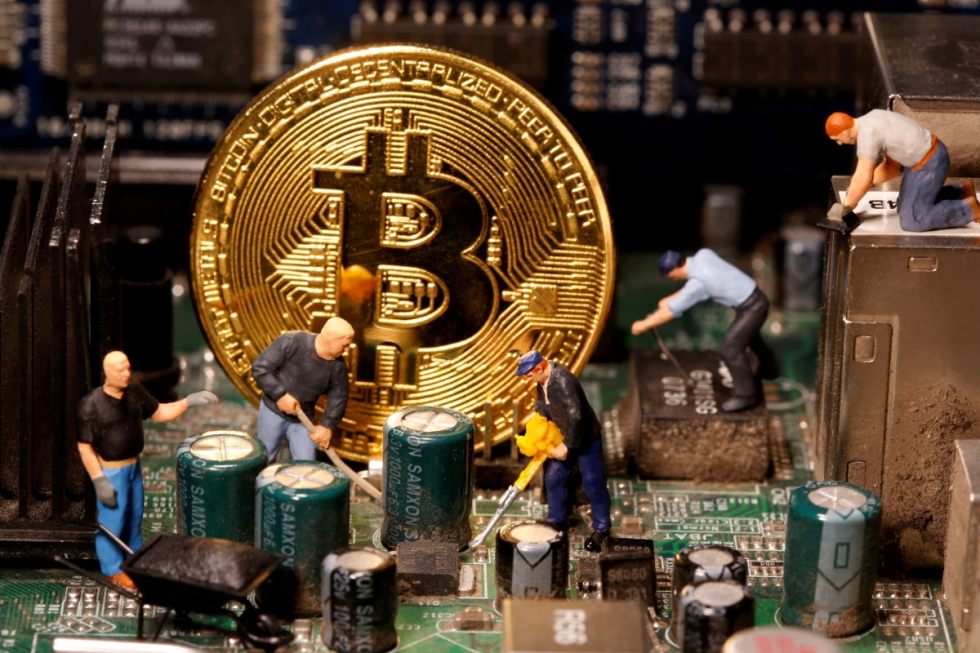Miner revenue for bitcoin had taken a hit following the China crackdown. The industry has had a long recovery period as miners had to find new locations to set up their mining operations after their exit from China. Hashrate had dropped and the price had taken a downward turn along with it. Over the past couple of months, the market has worked to recover its lost value and recent data suggests that miners are back up above pre-mining levels for miner revenue.
Mining Industry Recovers
A recent report from Glassnode shows that miner revenues are back up to almost record levels. The current aggregate mining income for miners now sits at $40 million per day. This comes after the halving of 2020 that saw the reward for blocks mined for bitcoin slashed in half from 12.5 BTC per block to 6.25 BTC per block. It shows that total revenue has grown quite significantly from even before the halving.
Related Reading | Kraken Unveils Security Vulnerabilities In A Large Number Of U.S. Bitcoin ATMs
Current miner revenues compared to what it was at the height of the bull run show a full recovery and then some. Before the halving event of 2020, miner revenue was at $14 million per day. This is up about $4 million to the present $18 million per day being realized by miners from their operations. After the halving occurred, miner revenue had dropped to $6 million per day, now up to $8 million per day.
These values are despite the various changes that have occurred in the market since then. The price of bitcoin has shifted many times, the crackdown in China had affected the rates at which miners could mine and a 50% cut in miner return per block, yet miner revenues are up.
“The Bitcoin block reward value continues to rise, creating incentives for the market to adapt, innovate, and recover.” – Glassnode report
BTC price falls back below $50K | Source: BTCUSD on TradingView.com
Miners Holding Their Bitcoin
Miners have running costs that factor into their revenue. As such, these costs also factor into when the miners are selling their coins to take their profits and cover these costs. These running costs include hardware, facilities, and logistics, as well as power, personnel, maintenance, rent, and so forth, costs which are all paid in fiat currencies. When miners wait to sell their coins and the price of bitcoin goes up, so does their profit.
Related Reading | Bitcoin Loses Steam As Institutional Investors Shift Focus To Ethereum
As the price has struggled to return to peak levels, data shows that miners are choosing to hold on to their coins instead of selling. An ideal market for miners to sell it would be when the market breaks a new all-time high. So it is only plausible that miners are holding off on dumping their bags for when the digital asset enters into more favorable market conditions.
Featured image from NDTV Gadgets 360, chart from TradingView.com
